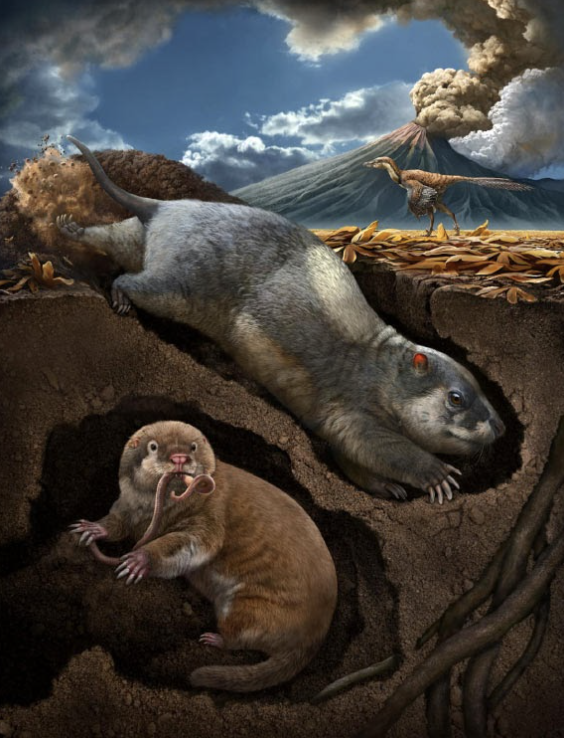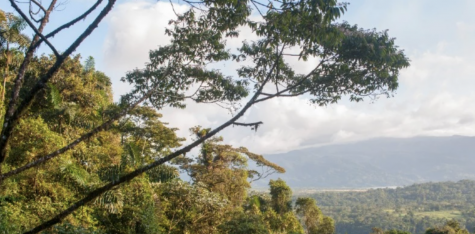Ice Melts, Mammaliamorphs, and More
Tracking Antarctic Glaciers’ Killers
In an attempt to understand the damage being done to glaciers in Antarctica, oceanographers have sent out an automated data-collecting machine able to travel under the ice, tracking the paths of the warm water that’s responsible for the melting.
By understanding where the water is coming from and where on the glaciers it’s passing under, scientists will have a better idea of what is happening. That understanding will, in their hopes, lead to better ocean maps, and better-educated guesses on where the effects of this newly melted water will hit hardest, and how to take precautions.
New Species of Bird Discovered in Brazil
An international team of ornithologists – scientists who study birds – recently undertook a project of cataloguing each of the species under a certain genus of bird. They differentiated species by their unique DNA and vocalizations. Most of these species were already well known and catalogued, but by building out a database, complete with the locations each species could be found, they hoped to make research easier in the future.

While they were cataloguing species in a Brazilian forest, they came across something odd. The area they were surveying had five unique species in the genus they were looking at. Four of them were already known, but the remaining one had vocal patterns and DNA that didn’t match any of the species on record. The scientists had stumbled upon a new species: the Alagoas black-throated trogon.
Worryingly, the fact that they had never encountered it before suggests that its population may be endangered, but now that the community is aware of it, they can begin taking steps to protect it.
Two New Fossils Unearthed from Cretaceous Epoch
In northeastern China, paleontologists have discovered fossils of two species of mammaliamorphs from the early Cretaceous period. Currently living mammaliamorphs, for comparison, are creatures like house mice. These two recently unearthed creatures were both bigger than mice, though.
Both species seem to have been diggers, although one was distantly related to marsupials and to placental mammals and was around seven inches long, while the other was genetically closer to a group of extinct, stoat-like mammals, and was around 12 inches long. They are the first digging creatures of their kind to be discovered in the area they were found.
Scientists hope to find more traces of mammalian life where they were discovered, as it is known to hold many well-preserved fossils.






